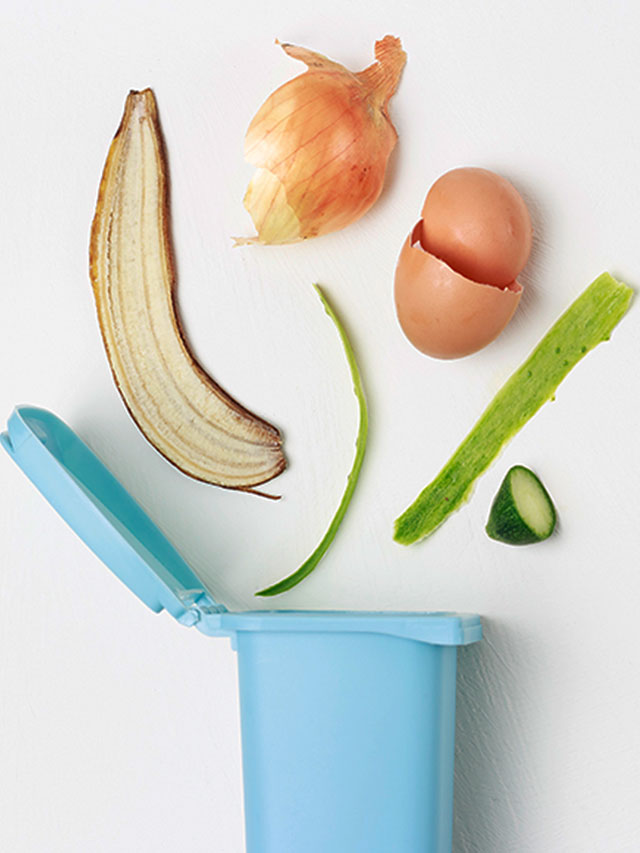Climate change and the need to better preserve our environment led to Indians taking up the responsibility in many different ways. We reduced the use of plastic and traded plastic containers for glass jars, stainless steel bottles and biodegradable cutlery. Waste segregation became a norm and recycling and upcycling, are the latest trend. Yet every year we hear horror stories about how nature is being adversely affected by our actions.
Did You Know?
An Indian family of four produces an average of 2.2 kg of waste each day.
Rotting piles of garbage dumped in landfills and water bodies are a common scene across the country. And to combat this and create something useful at the same time, the concept of making your own organic compost was birthed.
Did You Know?
According to this report by Chintan Environmental Research and Action Group, nearly 60% or more of the daily waste generated in Indian middle-class households is made up of organic matter.
What Is Organic Composting?
Composting is an aerobic method (meaning that it requires the presence of air) of decomposing organic solid wastes. It can thus be used to recycle organic material. The process involves decomposition of organic material into a humus-like material, known as compost, which is a good fertiliser for plants.
This aids people cultivate their own organic fruits, herbs and vegetables. It’s especially important in a day and age where most of the foods are contaminated with chemical fertilisers and pesticides. With hygiene being a priority since the emergence of coronavirus, several people have taken up to gardening and growing vegetables and fruits in their garden, terrace or balcony. Follow these quick gardening tips on how to make compost easily.
5 Major Benefits Of Home Composting
1. Retains Soil Moisture
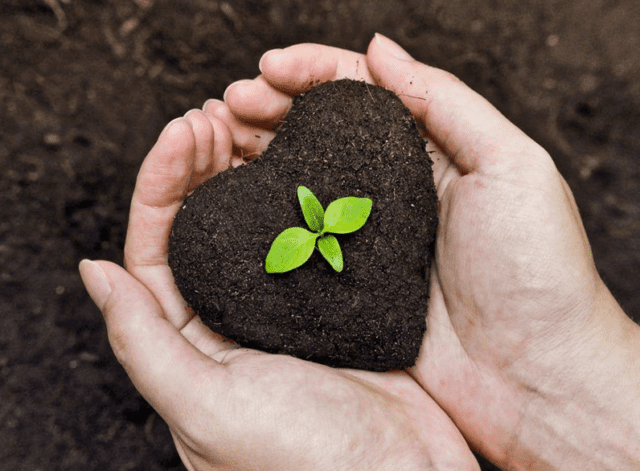
Composting at home enriches your soil and absorbs water, providing the plants in your garden with a steady source of moisture and nutrients. Not only does a solid layer of compost reduce the need for watering, but it also prevents weeds from growing, similar to mulch.
2. Chemical-Free Gardening
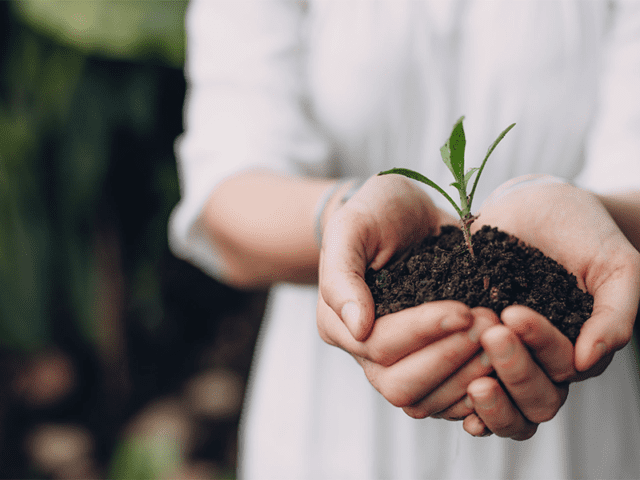
Rather than dumping synthetic fertilisers and chemicals onto your garden, which will eventually enter local streams through runoff, leading to oxygen dead zones or algal blooms in our oceans, you can use compost as an alternative to synthetic fertilisers. Compost naturally contains balanced amounts of nitrogen, phosphorus and potassium, and provides the beneficial microorganisms necessary for healthy soil.
3. Saves Energy
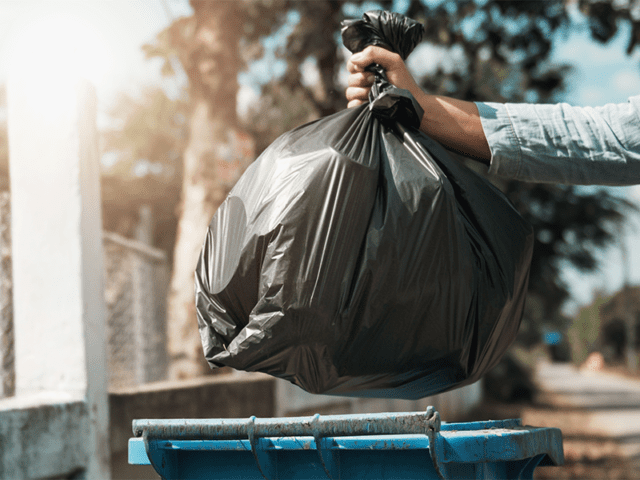
Composting at home reduces your trash output, which decreases the number of trash pickups you need. Fewer trips to the dump, hauling smaller volumes of waste, means less fossil fuel burned by garbage trucks.
4. Saves Money

Not only will you save the environment by composting at home, but you’ll also keep your wallet happy. Less watering means lower water bills. Kicking the chemical fertilisers means fewer trips to the home improvement store. And infrequent trash pickups results in reduced waste fees.
5. Lowers Carbon Footprint
One of the most important benefits of composting is the reduction of methane emissions from landfills. This powerful greenhouse gas enters the atmosphere as the food in landfills decomposes without proper airflow. By composting at home, you can reduce your carbon footprint by keeping your food waste from adding to the pile.
Step By Step Guide To Making Your Own Compost
If you are a beginner to composting, it’s best to start with aerobic composting in a pot. Aerobic composting is done above-ground with the help of microorganisms that consume and decompose organic waste matter in an aerated environment. You can make the composting container yourself or buy one. Usually, three pots are used, stacked one on top of the other.
Step 1
Anything from an unused plastic container to a cardboard box works. If you are using a paper-based container like cardboard, line it with newspaper to absorb the moisture from the peels. If it is a plastic container, make sure you make small holes around the container for aeration. Make sure to upcycle the plastic container instead of buying a new one.
Step 2
Let’s see what can go into the compost bin. Vegetable scraps, eggshells, yard waste like lawn clippings, leaves, newspaper, manure, coffee grounds and filters are all approved waste items. While items like meat or animal products like bones, fish, eggs, butter, dahi, coal ash, weeds or weed seeds and pet droppings are a big no.
Step 3
Next comes the layering process. First, layer one-fourth of the container with dry leaves/ newspaper clippings, and twigs (brown waste). These will absorb the moisture from the kitchen waste. Then, layer your vegetable peels, coffee grounds (green waste) on top of the dry leaves. Cover the kitchen waste with brown waste again until the container is full. Add a little bit of sour buttermilk or curd (dahi) as they are chock-full of microbes that will kickstart the process of breakdown.
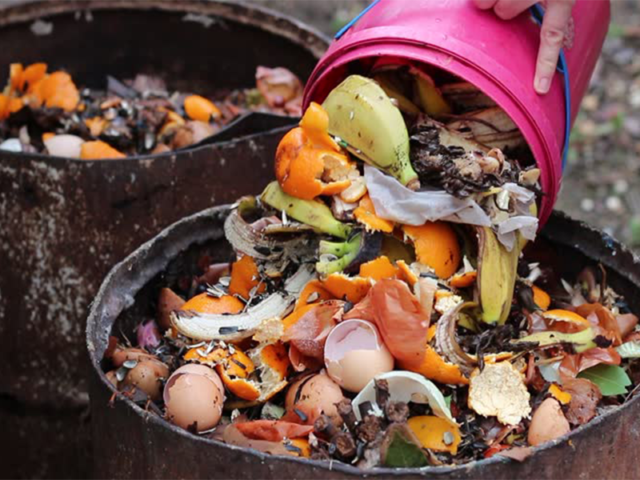
Step 4
Turn the pile around every other day. The pile has to be kept at the right level of dampness. If it is too wet, add dried leaves and stir. If it is too dry, add water and stir. Let bacteria and fungi go to work recycling waste material into fertiliser. Leave the container aside for 4-5 weeks, and the compost will be ready.
Step 5
Once the organic compost is ready, you can use it as a fertiliser for your plants. Quick research on which plants require how much compost will be helpful. Or you can sell your homemade organic compost to neighbours, friends, community members or market it on social media.
4 Ways To Make Fertilisers At Home With Minimal Time And Effort
Making your compost and fertilisers at home is simple and effective. Here’ how you can do it with ease.
1. Banana Peels
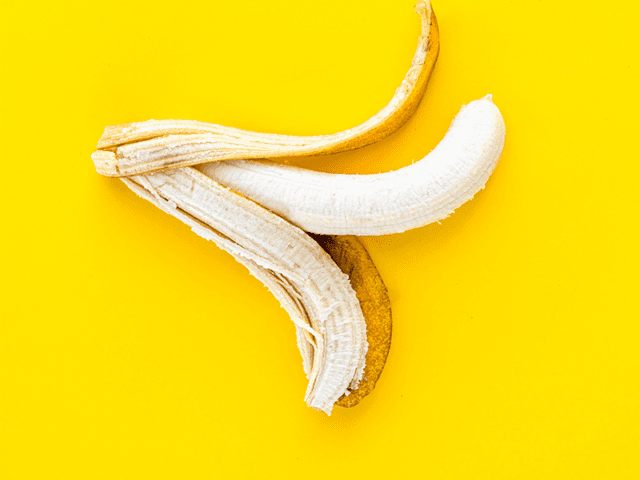
Along with being rich in potassium, bananas also contain calcium and phosphorus that are perfect for fertilising flowering and fruit plants. You can bury banana peels in the soil at the base of your plants and allow them to decompose. Or freeze your overripe bananas and then bury those next to your plants. You can even make a spray by soaking banana peels in water for three days and then spraying your plants or seedlings to add the needed nutrients. This is also an excellent recipe for houseplants.
2. Egg Shells
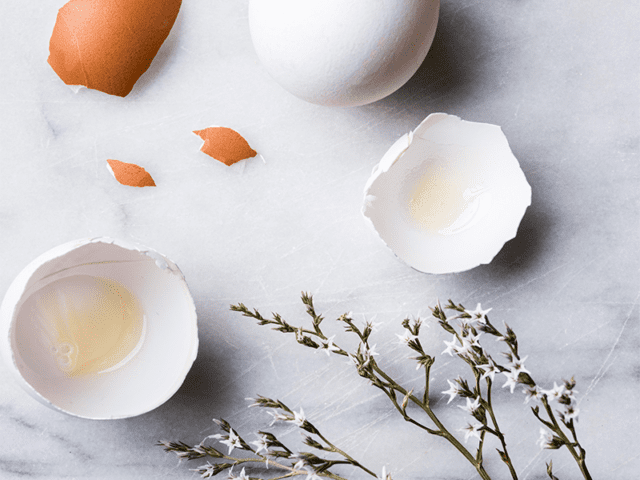
Eggshells contain a lot of calcium which helps with the cellular growth of your plants. Calcium-deficient soil can often lead to various garden catastrophes. You can crush up used eggshells and then bury them in the soil. Boil the shells in the water for just a few minutes and then leave overnight. Strain the shells and add the water to a spray bottle to spray directly onto your soil.
3. Coffee Grounds
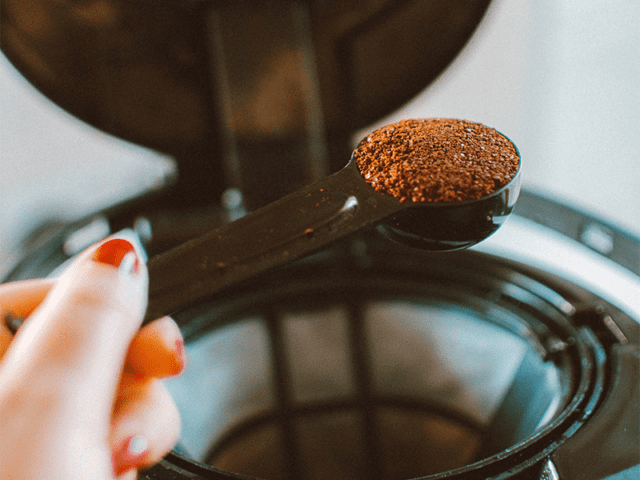
This is an especially good fertiliser for roses, hydrangeas, and magnolias, but you can also use it on your veggies to help them grow. Work your coffee grounds into the soil at the base of your plants, and the coffee will perk those plants right up! It’s super-rich in nitrogen, but ensure that you do not add too much as it may turn the soil acidic which is harmful to the plants.
4. Cooking Water
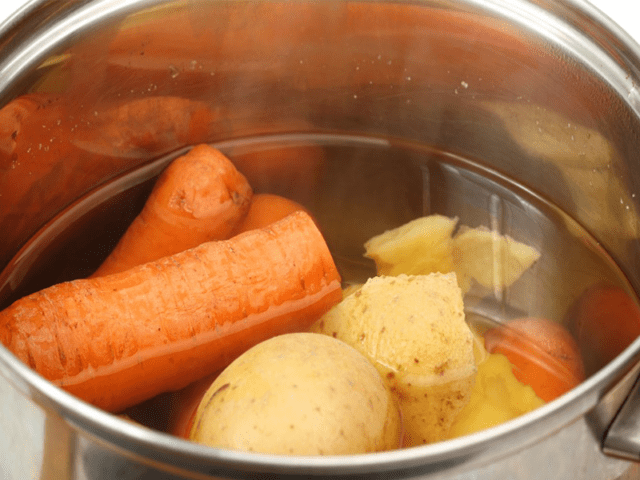
This is another excellent homemade fertiliser. The nutrients will differ depending on what you’ve boiled. Veggies, rice, eggs, pasta, potatoes and spinach are all foods you can boil and use the water from cooking them as fertiliser for your plants.
Interesting Fact
India’s 2nd cleanest city Bhopal launched Compost Drive & Smart Bins. In order to eliminate the practice of burning of leaves, which have essential micronutrients, the Bhopal Municipal Corporation (BMC) in April 2019, launched ‘Golden Leaf Movement’ where fallen leaves are collected to make compost.
8 Vital Tips For Home Composting
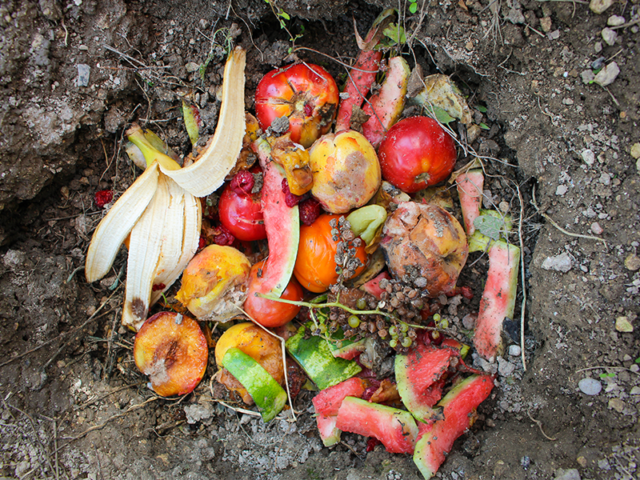
- A mix of equal parts green matter (kitchen waste and fresh grass clippings) and brown matter (straw, sawdust and leaves) is the ideal diet for the microbes that break down organic materials.
- Chopping or shredding compostable organic matter expedites the composting process, providing more surface area for the organisms that help the process of decomposition.
- Manure from horse stables, chicken coops and pig pens is fine, but don’t add solid cat, dog waste to your compost.
- As kitchen scraps smell and can attract gnats and other insects, make sure your compost pail has a lid. And a handle also is a bonus, making it easier for you to carry and dump the contents.
- In warm climates, a shady spot often works better than a full-sun locale that causes composting matter to dry out too quickly.
- The microbes hard at work in your compost pile require just the right amount of water. Too much means organic waste won’t decompose, too little and you’ll kill the bacteria.
- Everyone needs to breathe, even tiny microorganisms, so make sure enough oxygen is getting into your pile by turning your compost often.
- If you don’t have the room to create compost in an open space, several well-rated indoor composters are available in the market.
If we all started composting at home, millions of tons of organic waste would be diverted from landfills, reducing greenhouse gases from hitting the atmosphere. There’s no doubt that starting a home compost can help save the environment, so why not give it a shot?


